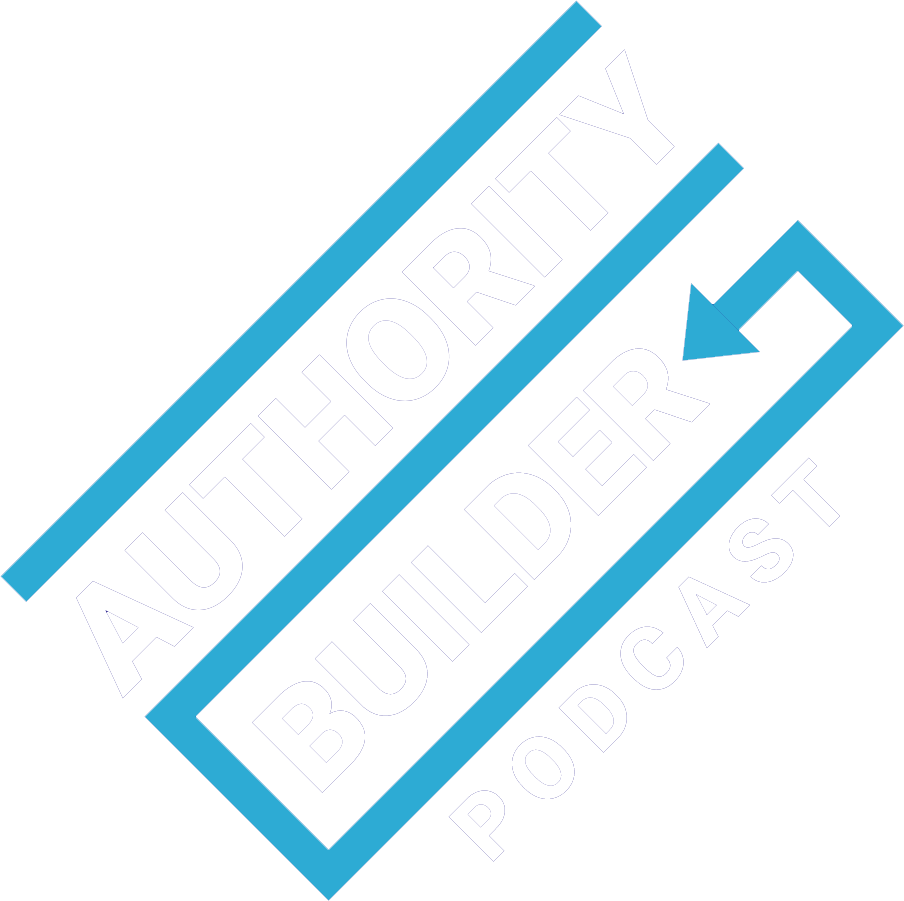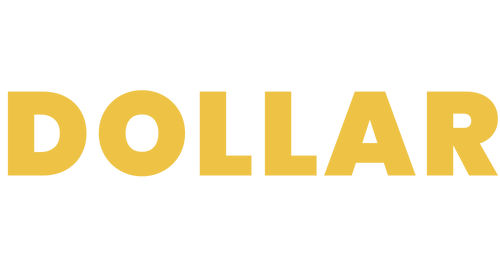“Thought leader” is a big buzzword these days. But Samantha Riley goes beyond the hype and gives her coaching clients actionable steps they can take to expand their influence in their niche and make themselves more valuable… which means more income.
Becoming a thought leader means you’re no longer the best-kept secret… you’re the go-to for potential clients seeking the services you offer because you stand out from the crowd. And it’s not enough to simply be good at what you do, says Samantha. You have to make sure the right people know it.
If “tooting your own horn” makes you uncomfortable, Samantha has a remedy.
We take a deep dive into that topic, the other things you must do to become a thought leader, and more, including…
- How to figure what you want your life to look like – and how to make it happen
- 3 parts of effective positioning to build your brand
- The KEEP Method for determining what makes you unique
- Creating a roadmap for business success – and where you must start
- And more
Listen now…


